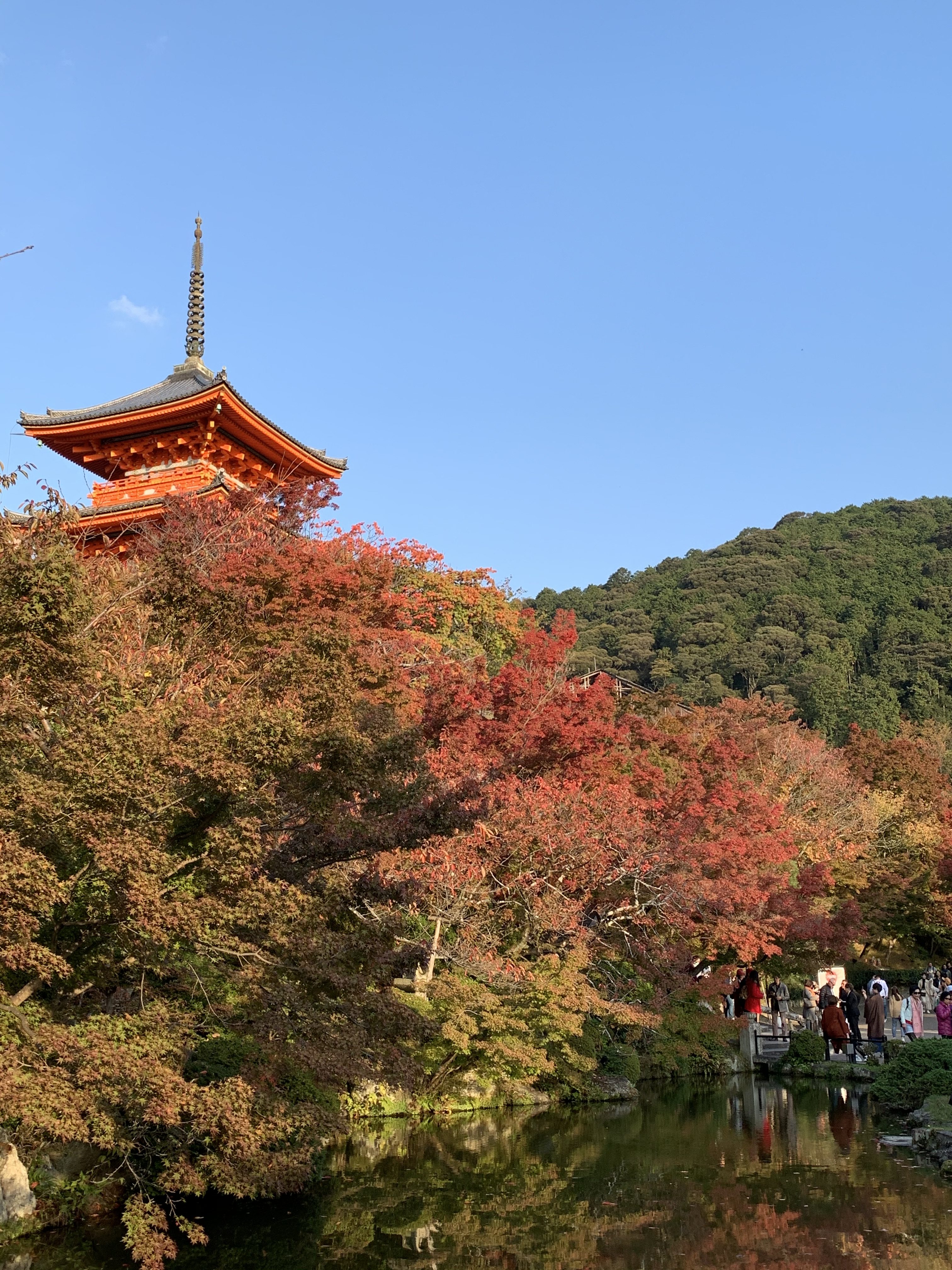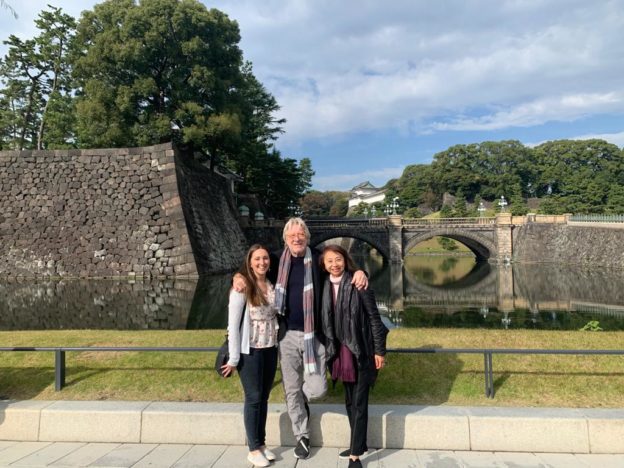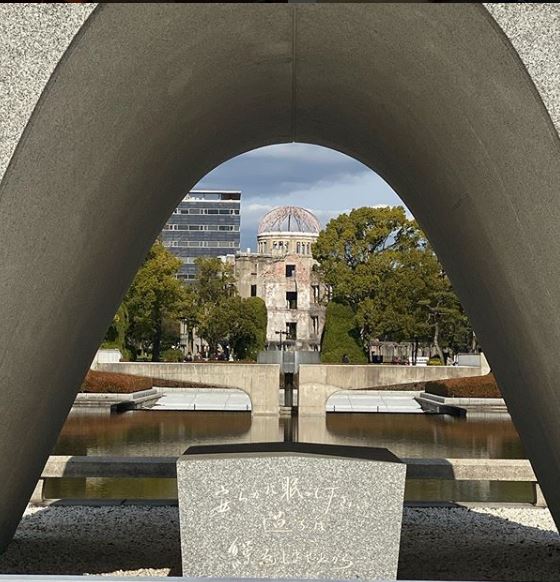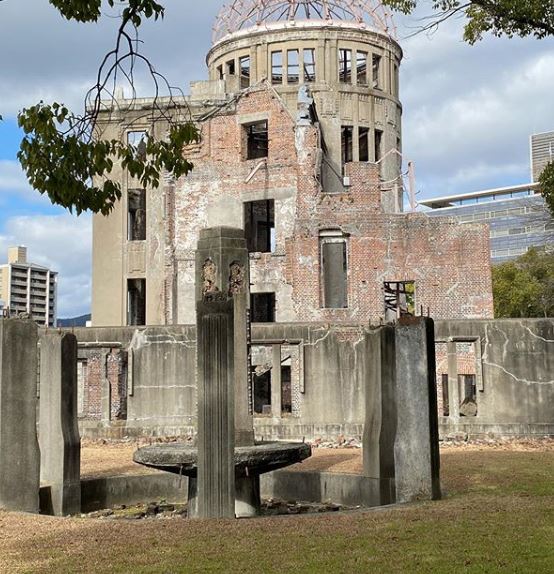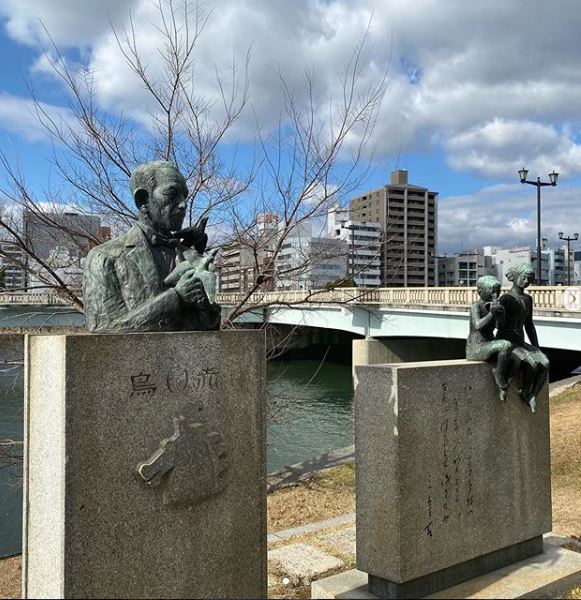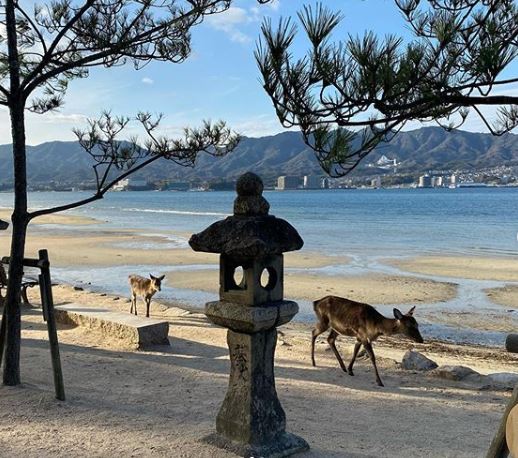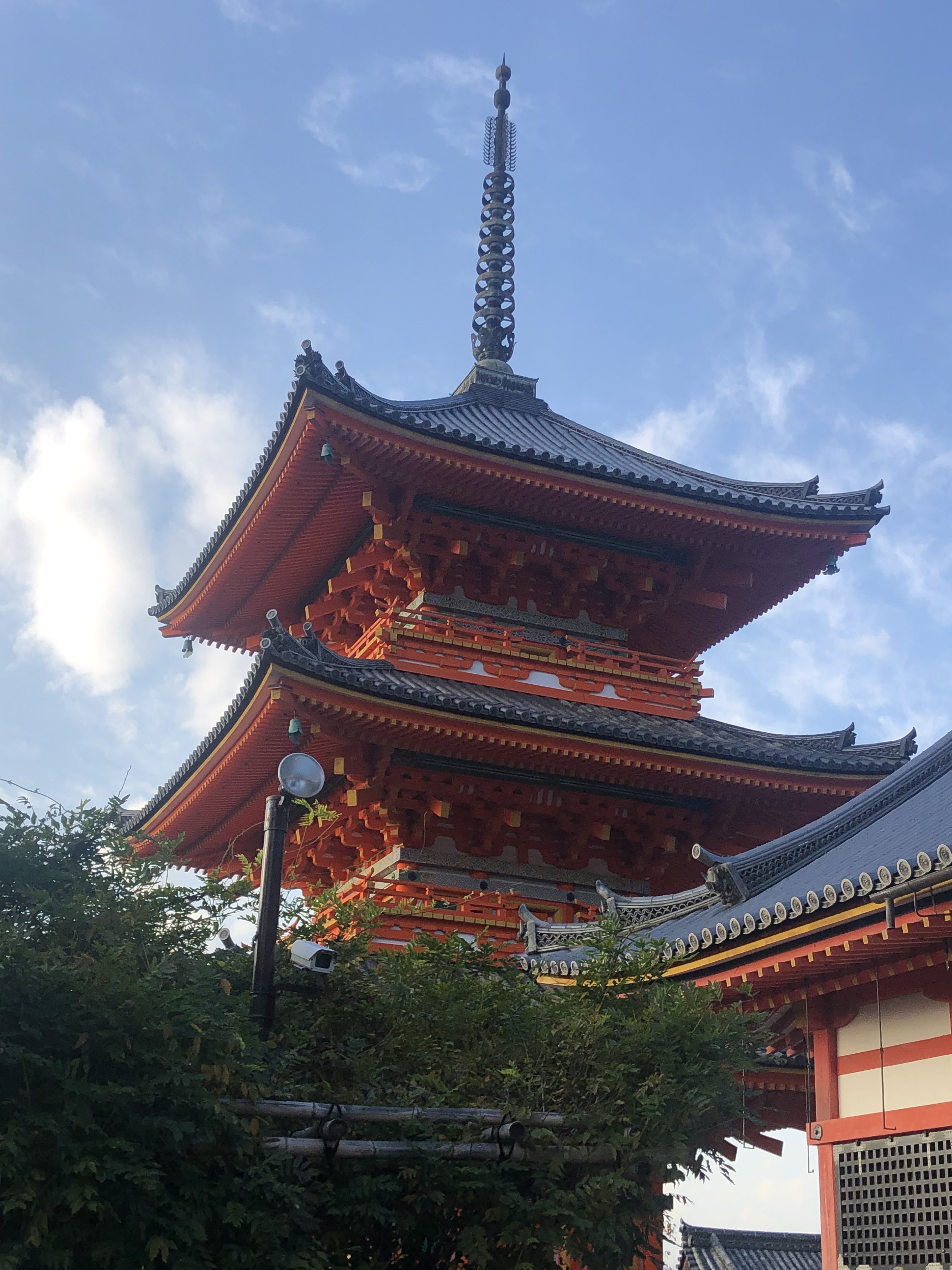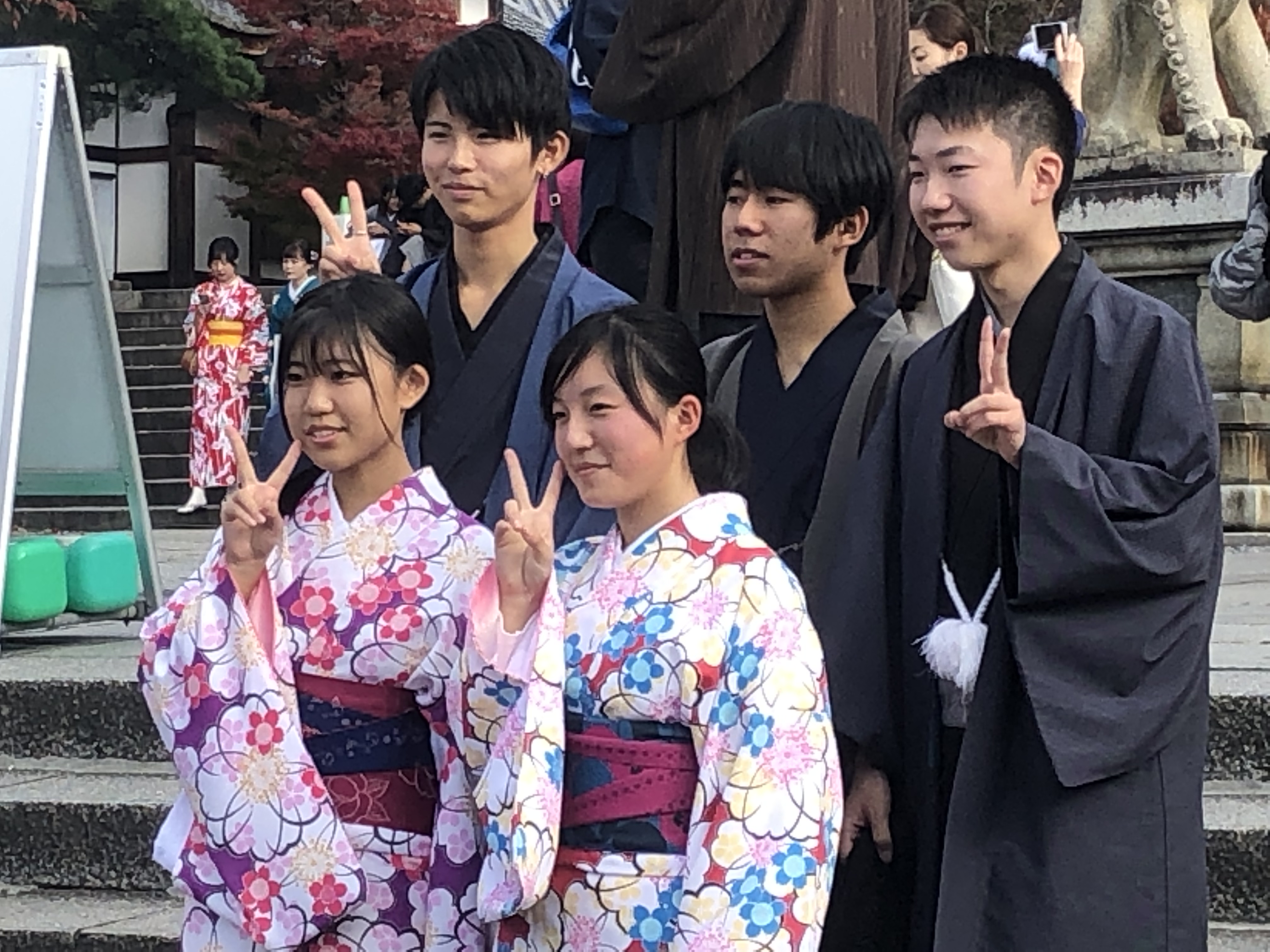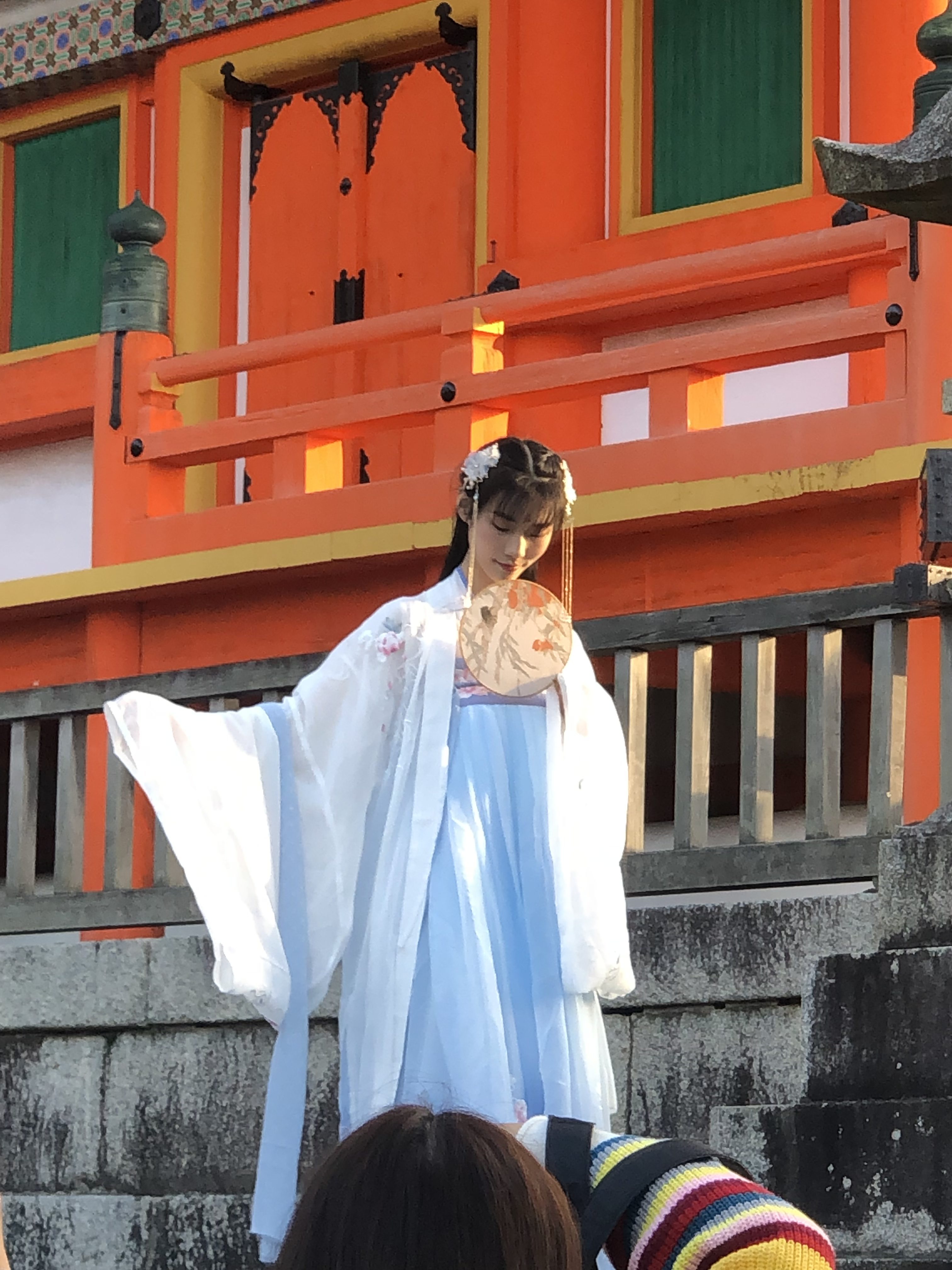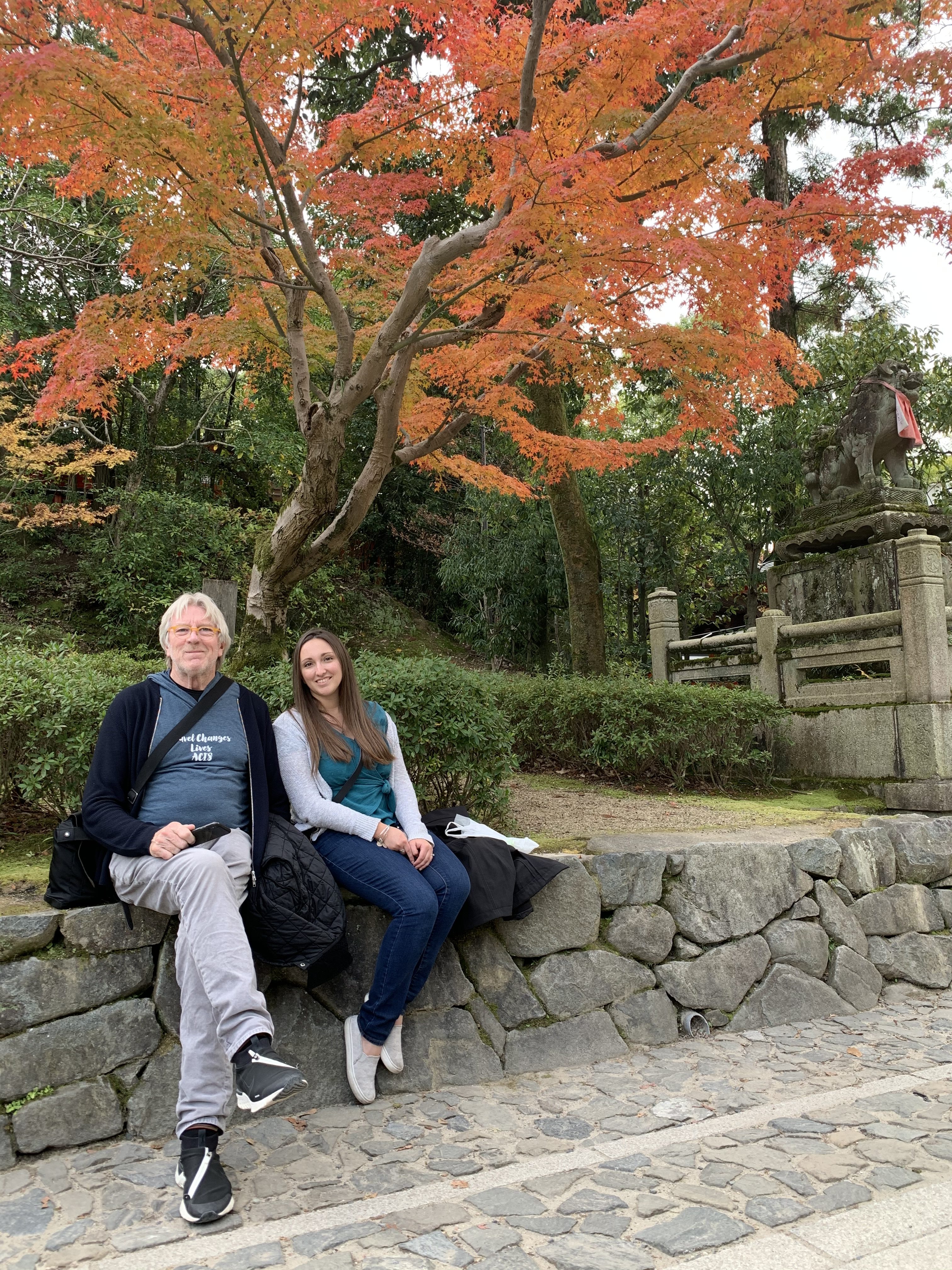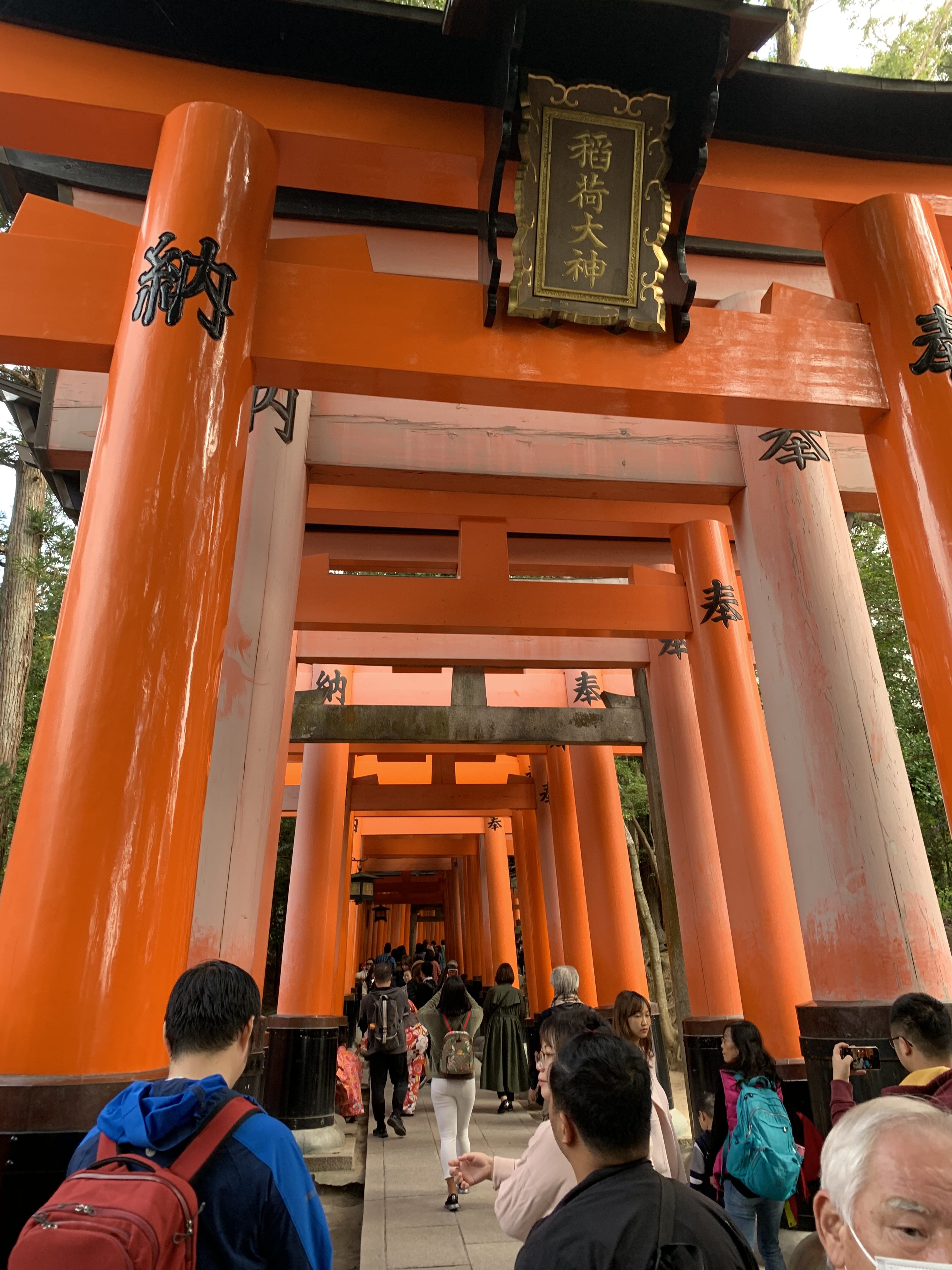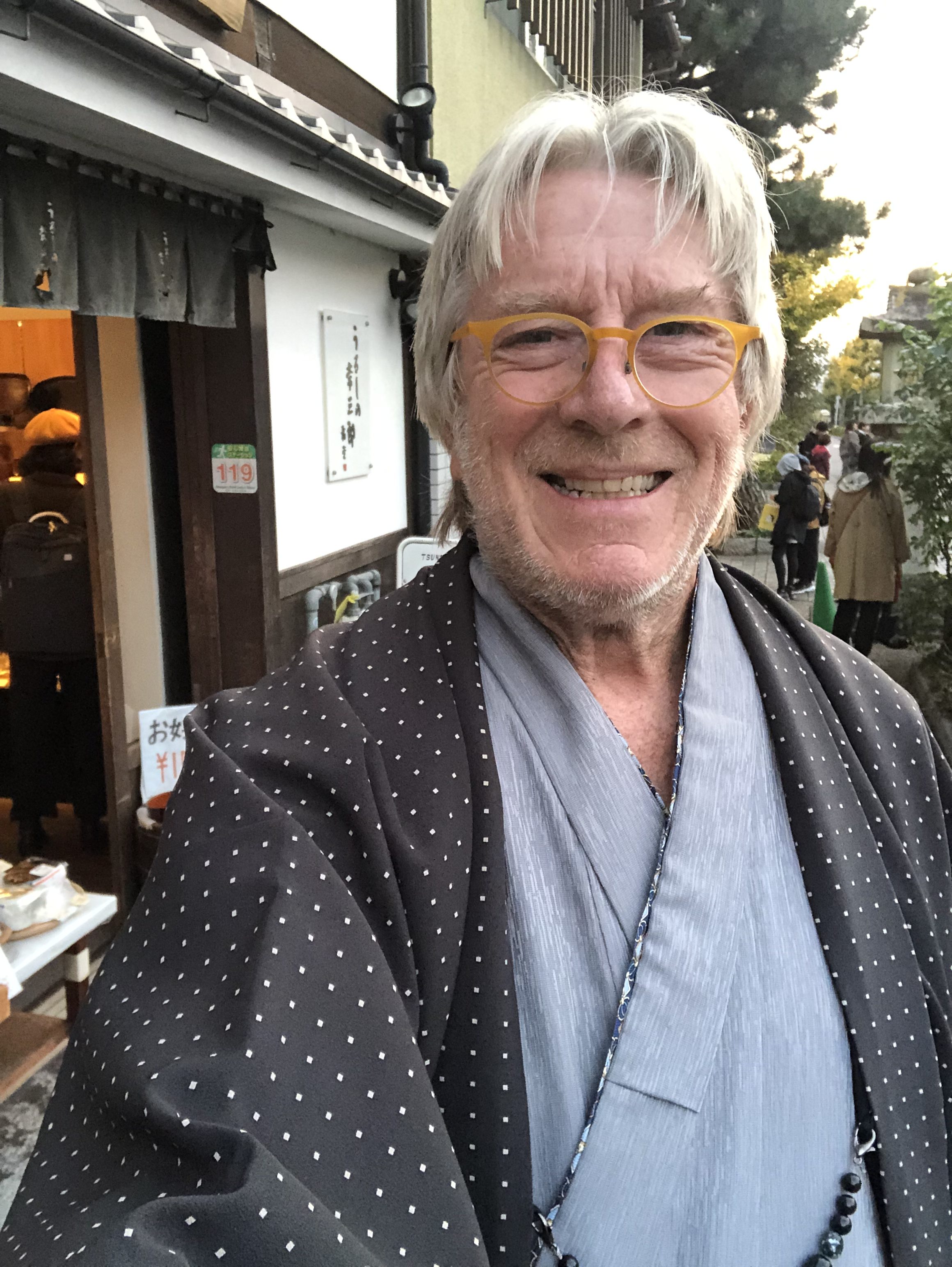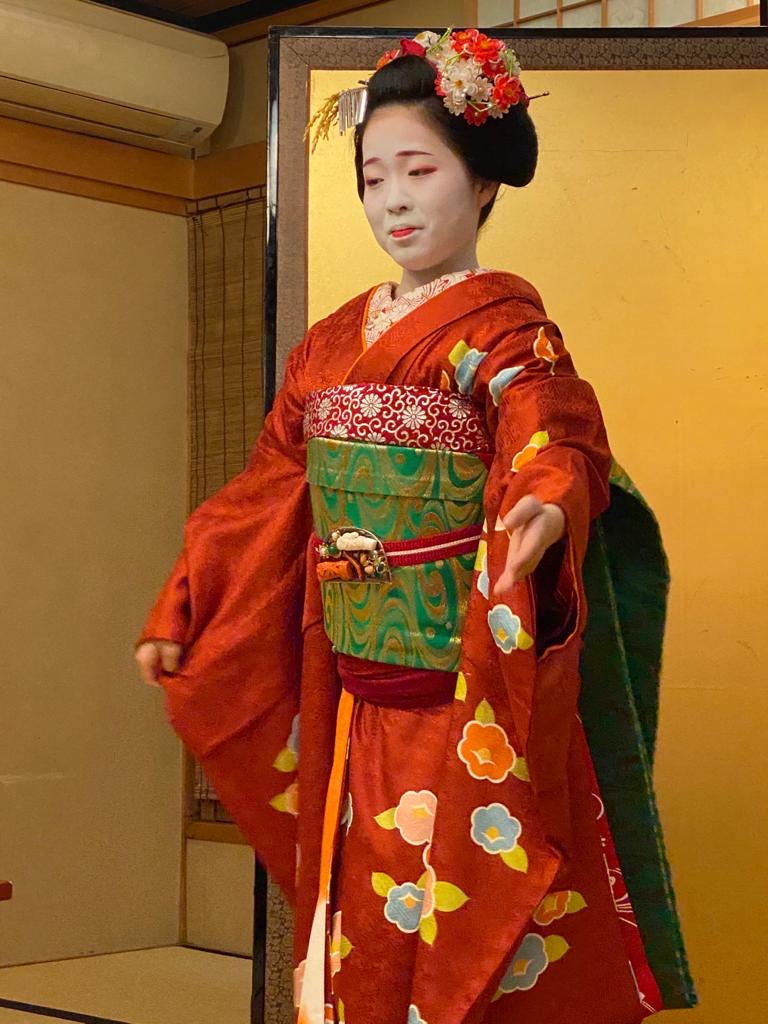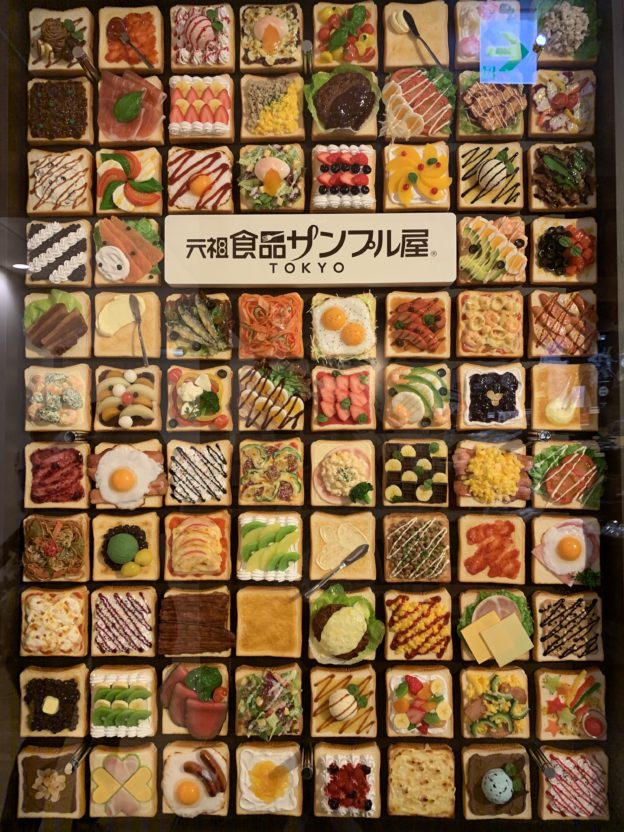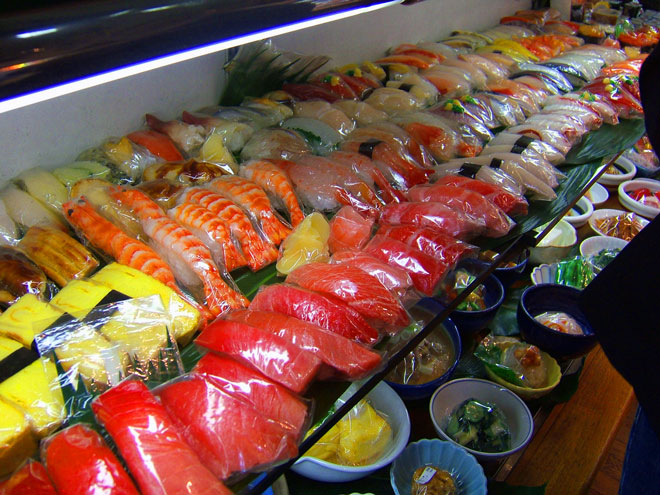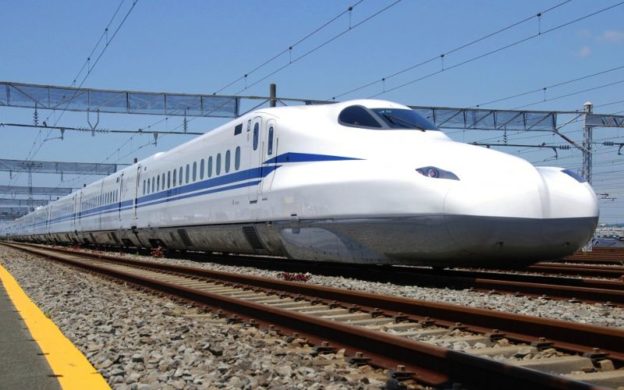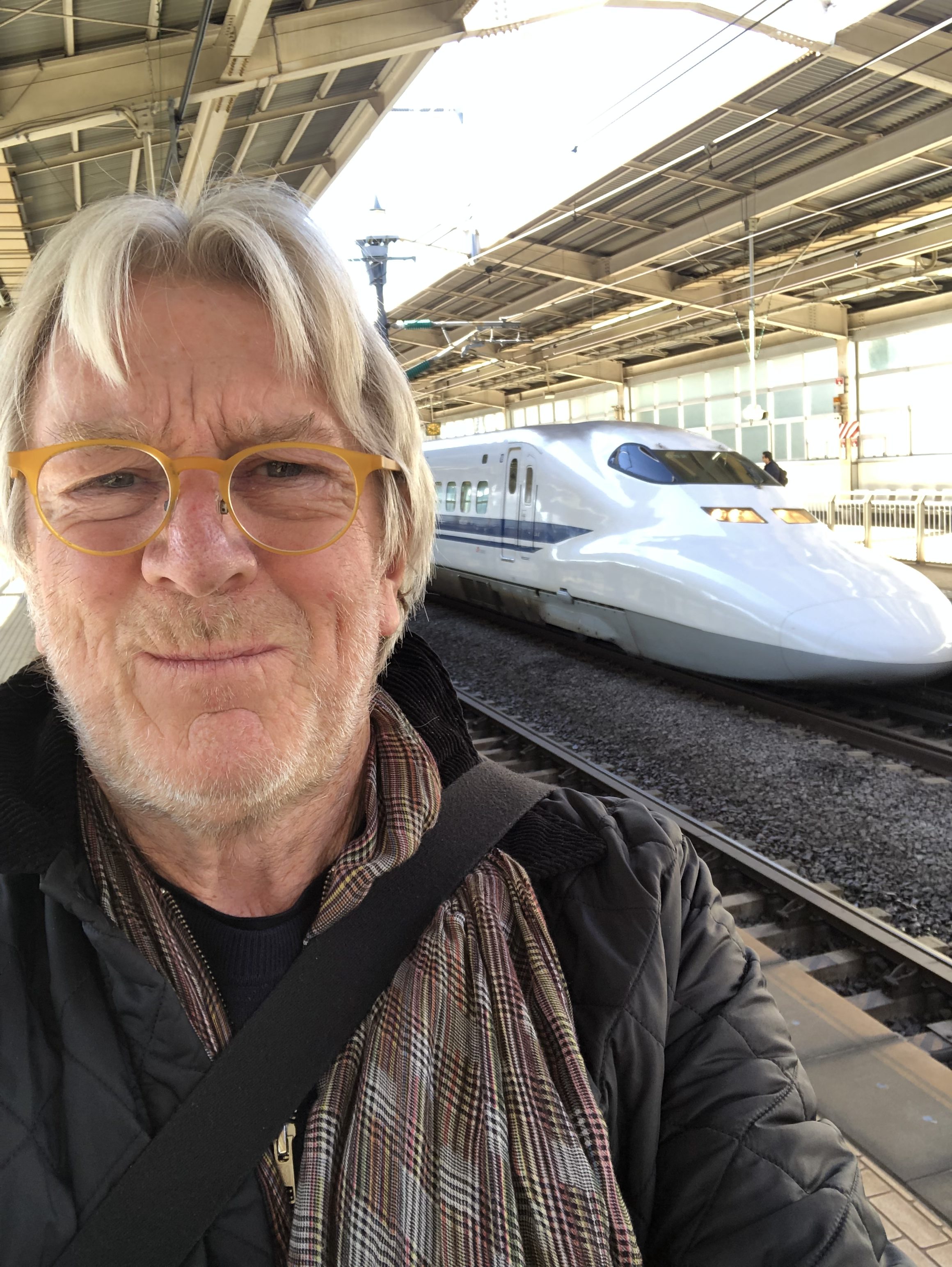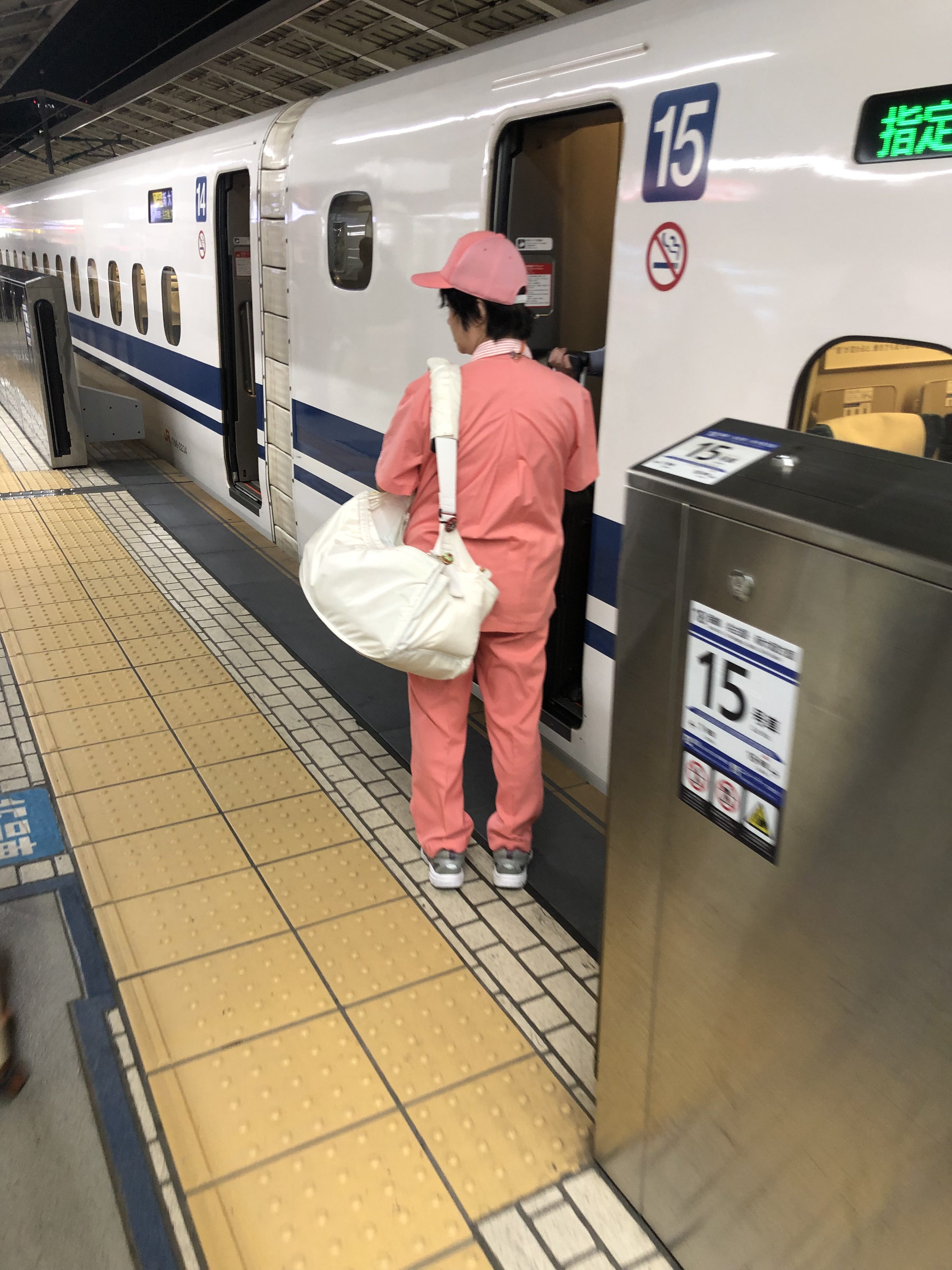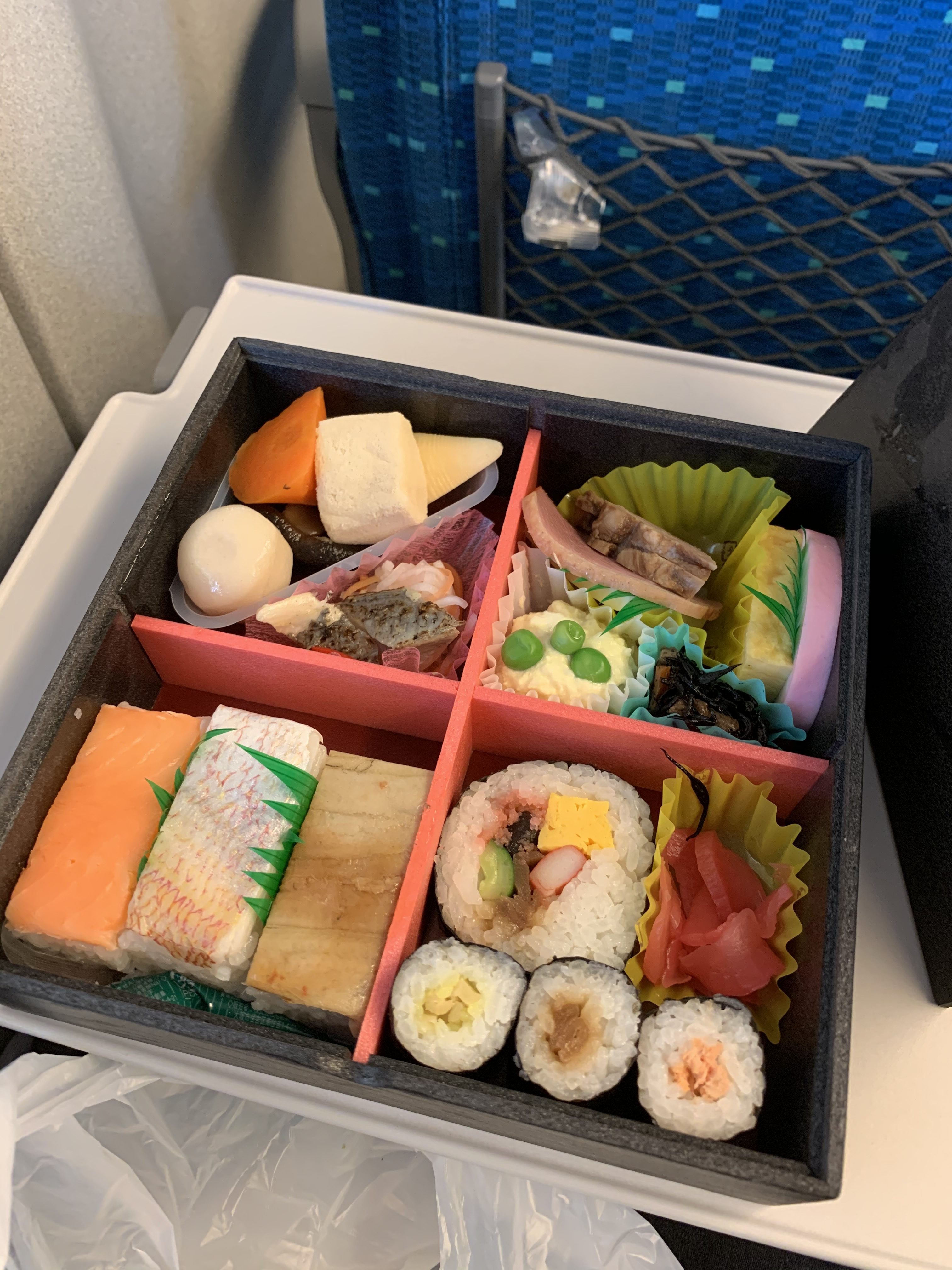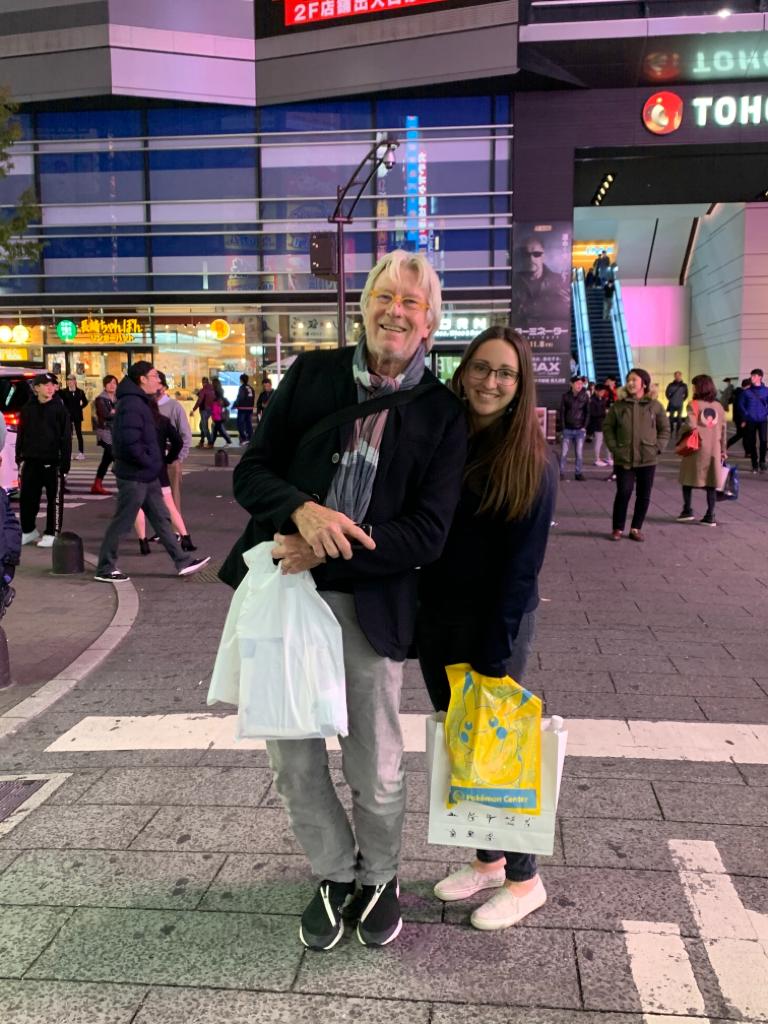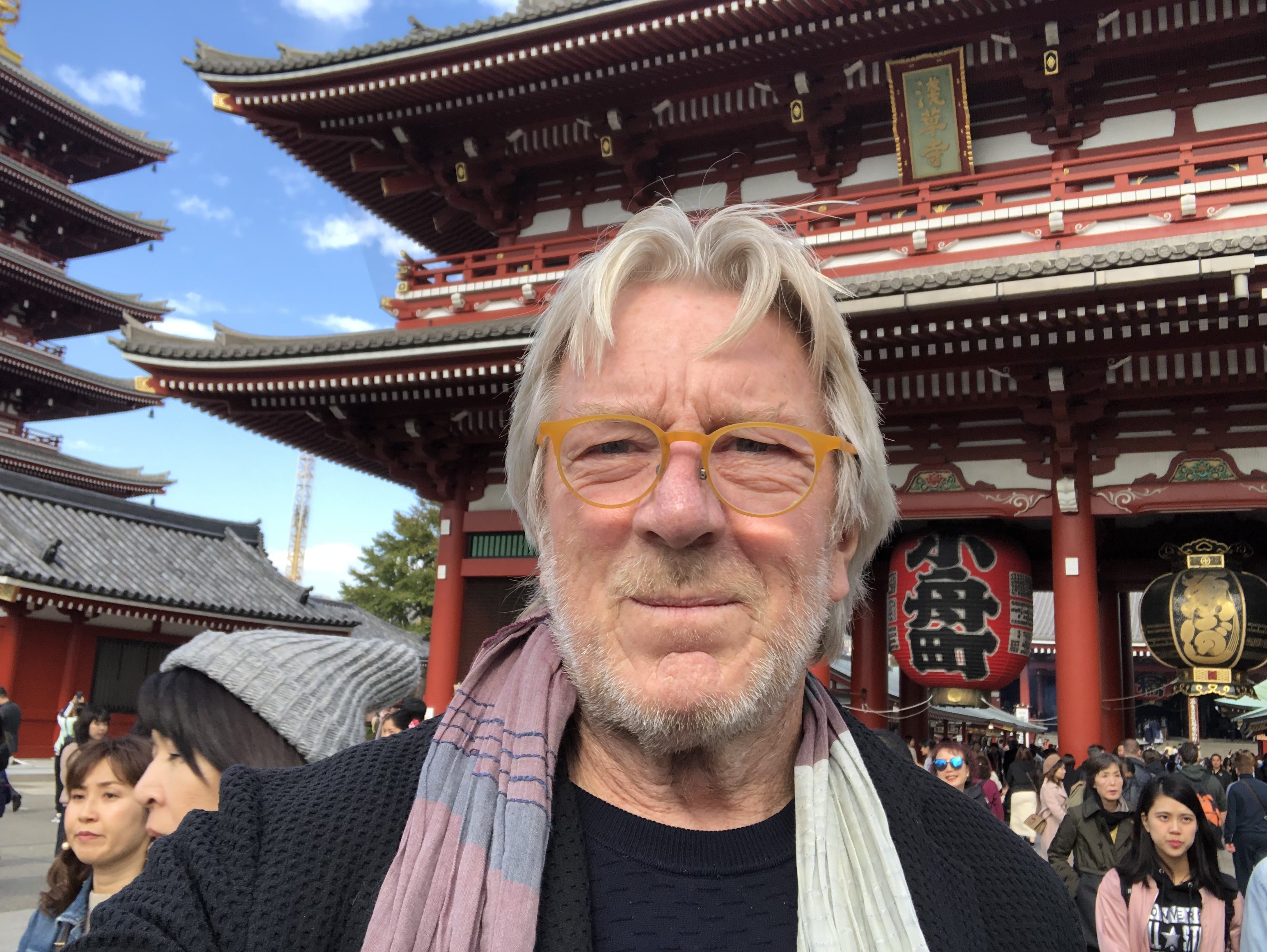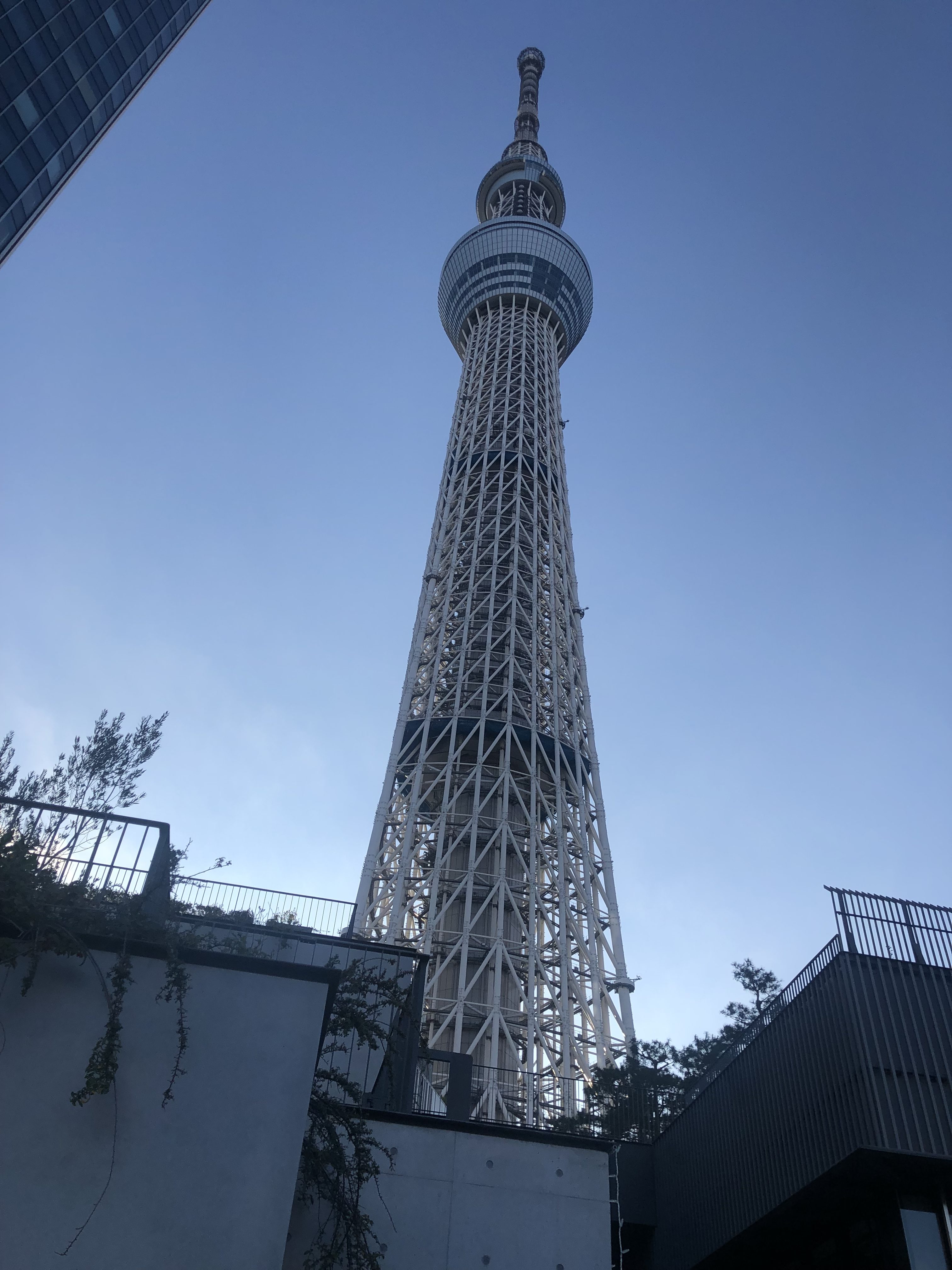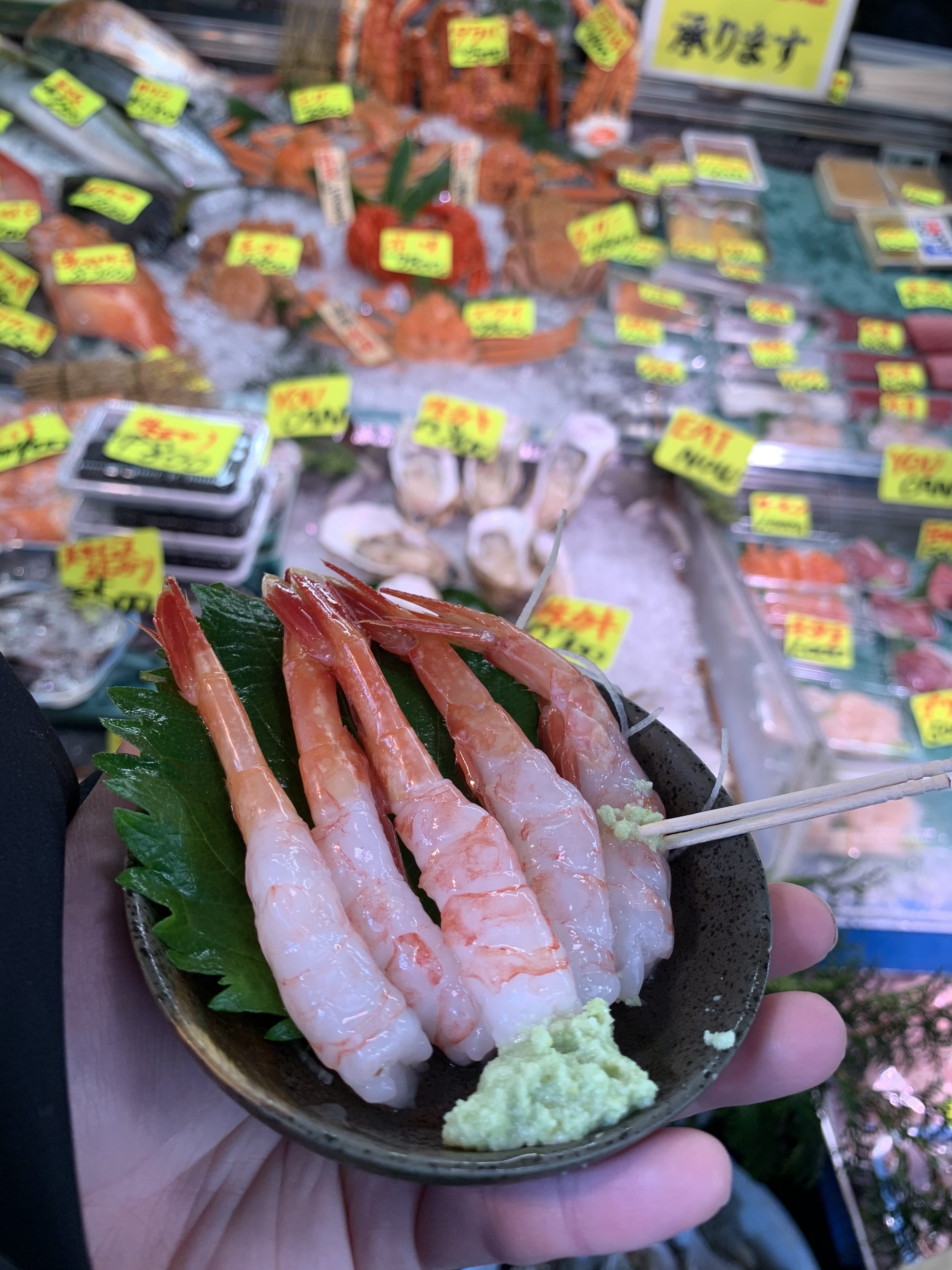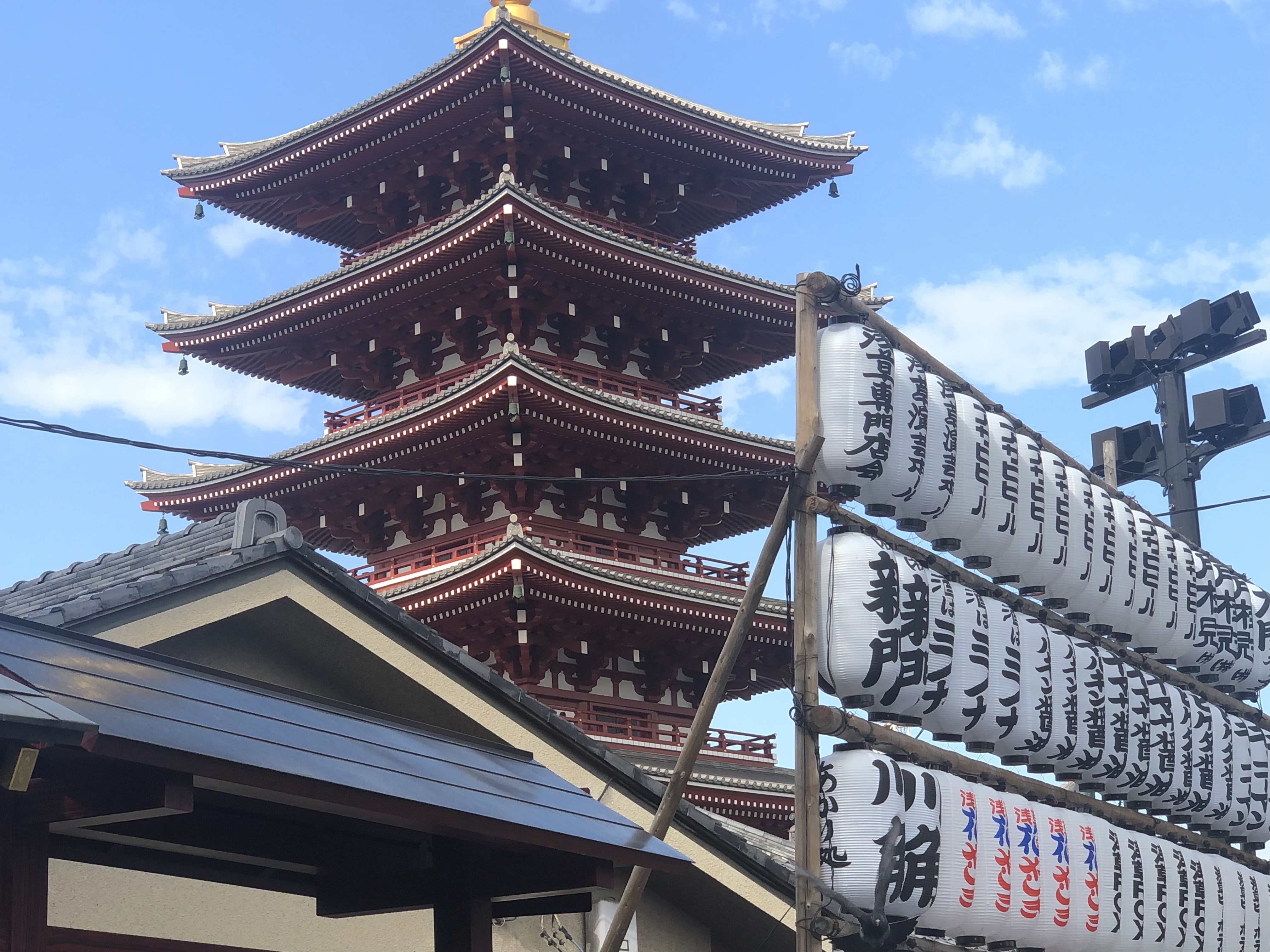Recently, I was looking back at some of my photos, wondering about travel, and thinking of how the globe in my office catastrophically became unglued. Timing is everything! One of my to-do tasks is to get some Gorilla Glue so that my globe can start spinning again. That will be the catalyst for a return to travel. Good old super glue.
I was busy writing down all of the places I have traveled to over the last year or so. Notwithstanding the current war between Armenia and Azerbaijan, I did get to see the great steppes of the Hinterland that stretches all the way to Siberia.
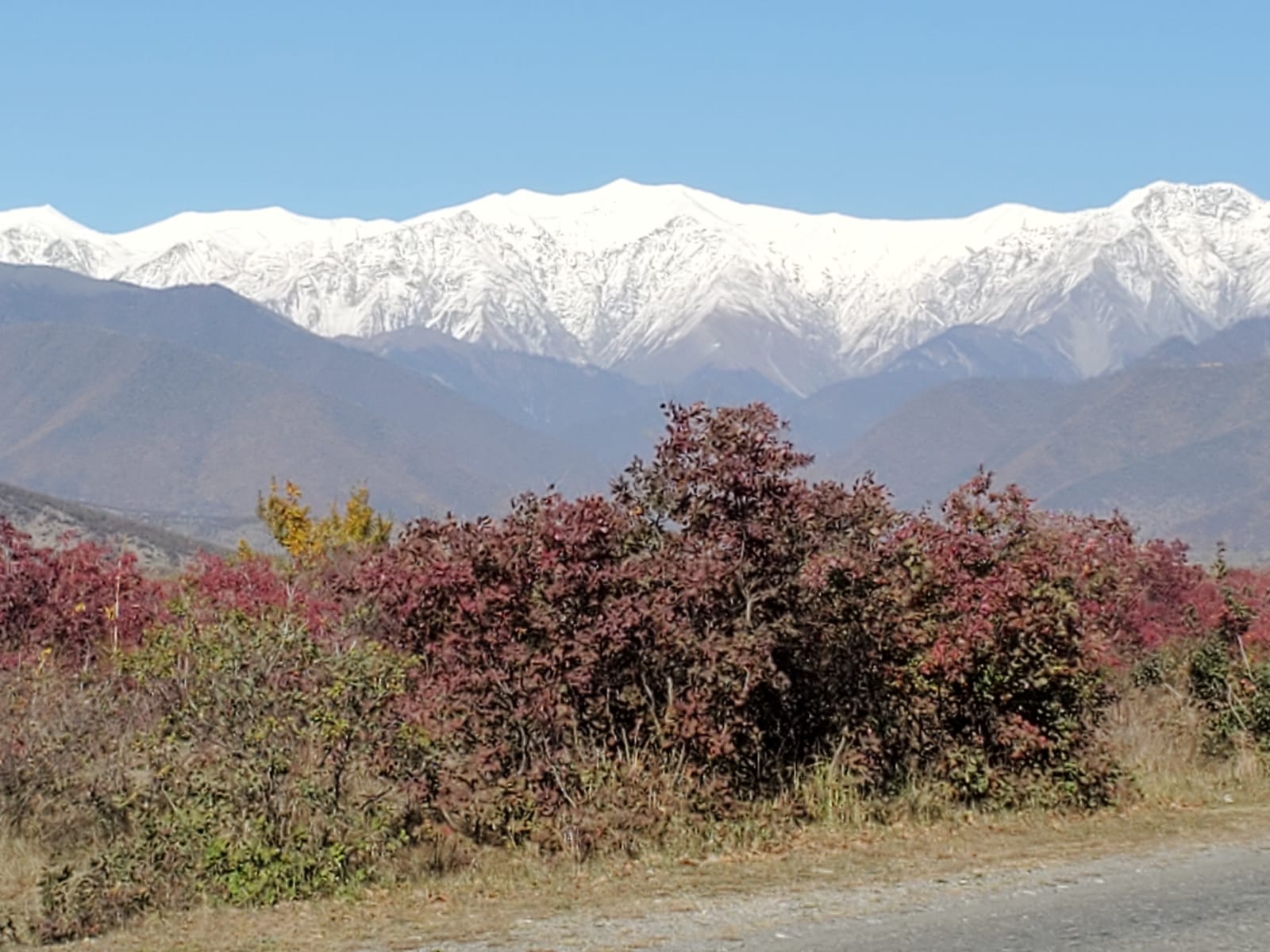
And in between visits to Georgia, Turkey, and Azerbaijan, I thought of Japan. A place that to me feels so calm and serene, which I visited twice last year. I thought it was so impressive how their handling of the virus has been. The very positive ways they have dealt with the pandemic so that people can travel responsibly and with confidence inside of its borders.
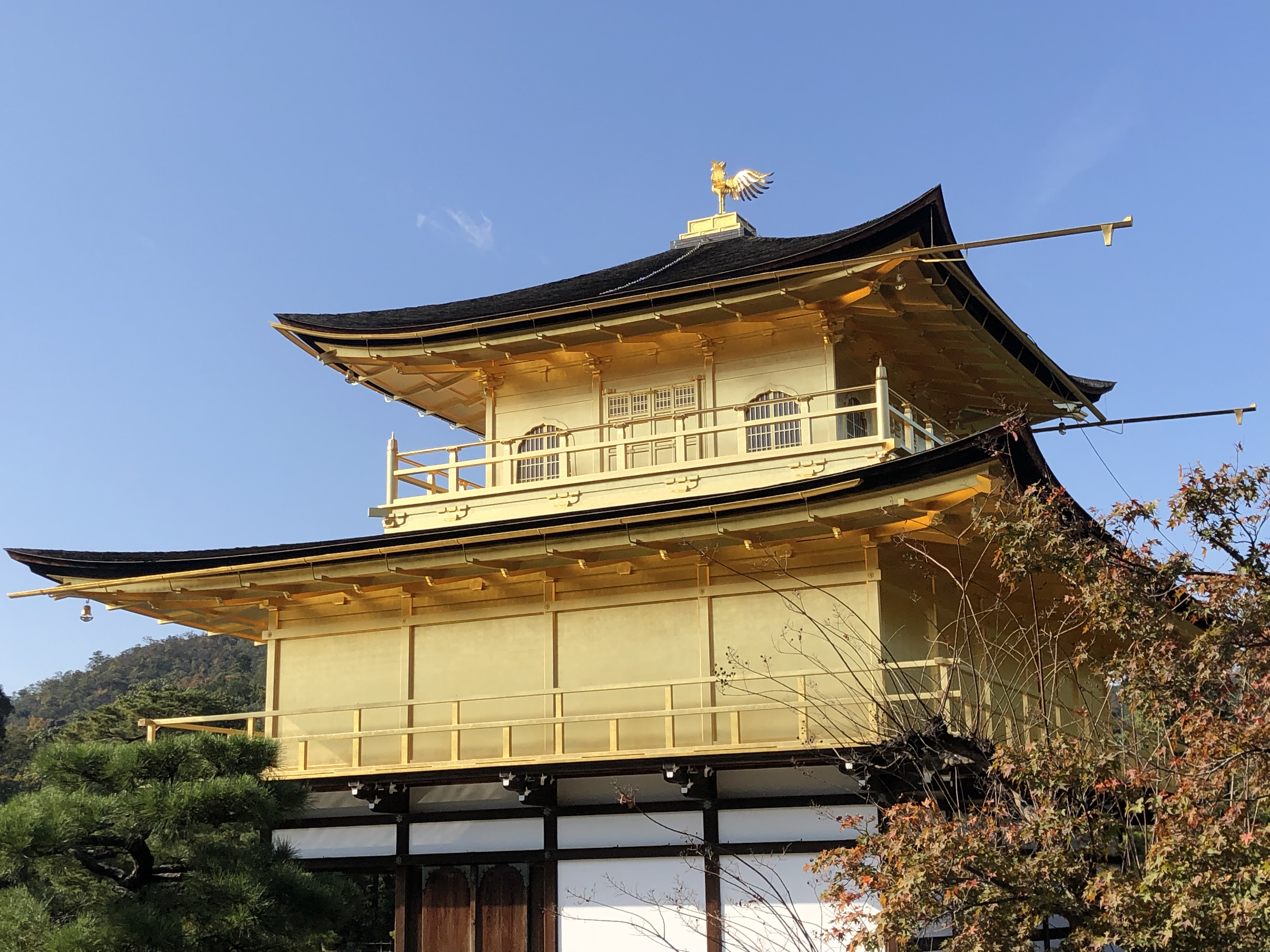
I was prompted to think of this because our wonderful colleague who organizes our Japan trips sent me a message. Things are looking up in Japan, she told me. It probably will be one of the first places we can re-enter for travel. So I sat, thinking about Japan a lot. Was it the food, the high-speed trains, and the ancient traditions that hang beautifully in the air over Kyoto? I thought of the evening maiko performance in Gion and the chance of being able to run into geishas during the Toka Ebisu festival in January.
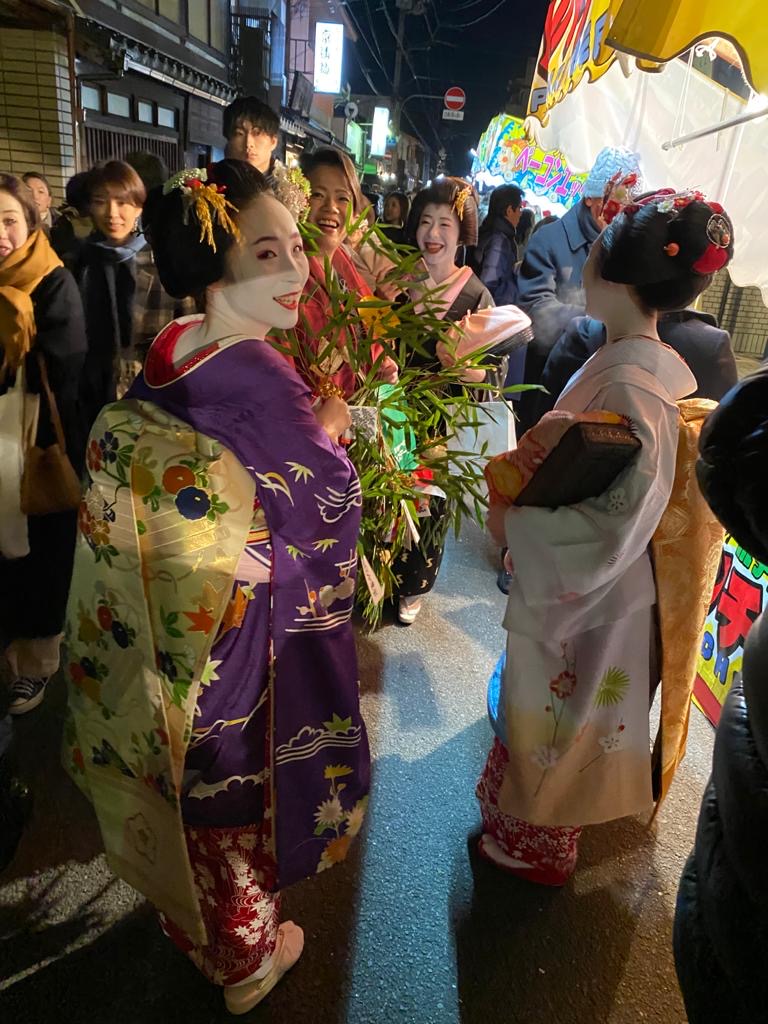
I thought of how profound it was to visit Hiroshima and the island of Miyajima with its famous Itsukushima Shrine. And of course, the frisson of Tokyo. I distinctly remember going into Tokyo Station to buy bento boxes and a set of masks. I didn’t even think that the masks, which I bought primarily as a souvenir, would become part of my daily living. In the Asian world, and especially Japan, masks have been commonly worn for many, many years.
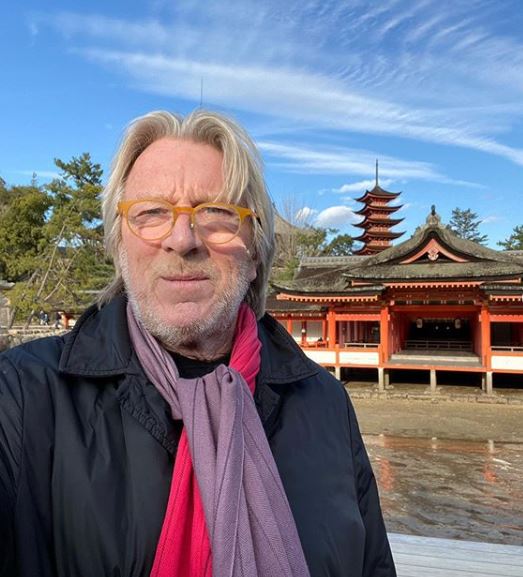
So, dear Japan, I miss you and I cannot wait for that daily flight from Boston to Tokyo Narita to come back. I can’t wait to see Godzilla in Shinjuku and taste some of finest ramen noodle dishes in the world. I can’t wait to eat sushi and miso soup for breakfast. I can’t wait to feel like the tallest guy in the elevator, because I was, and I can’t wait for that feeling of being so far away in such a foreign place, that it gave me goosebumps to even imagine that the world is round. I am totally ready to travel.
